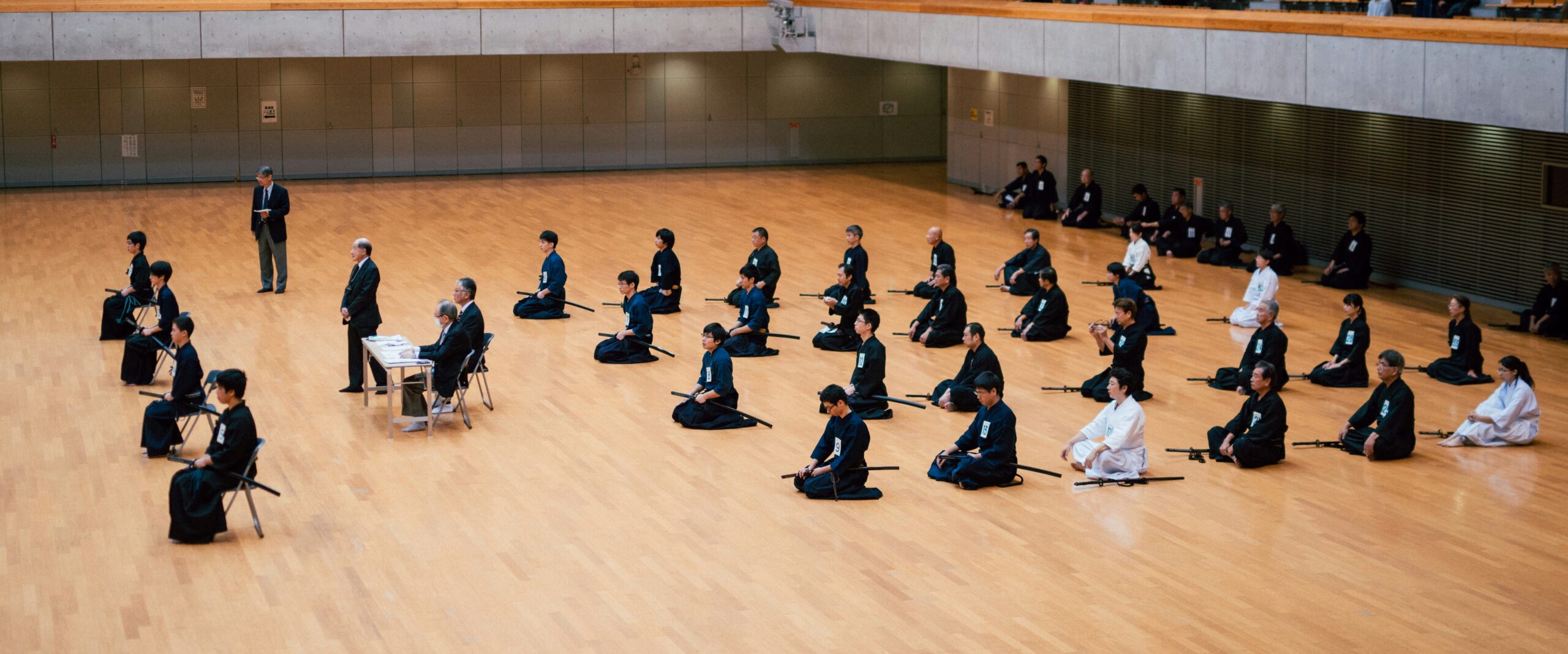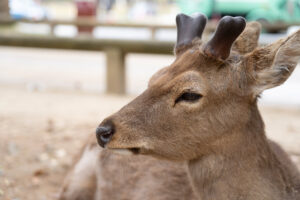In the heart of Japan’s rich cultural tapestry, martial arts stand as a testament to the nation’s storied history, philosophical depth, and the relentless pursuit of excellence. Japanese martial arts, known collectively as Budo, are not merely fighting techniques but are imbued with a profound sense of tradition, discipline, and spiritual development. This exploration into the time-honored tradition of Japanese martial arts unveils the mystique, delves into the ancient roots, and celebrates the global influence of these disciplines that have captivated millions worldwide.
Unveiling the Mystique of Japanese Martial Arts
Japanese martial arts, with their graceful movements, intense discipline, and deep philosophical underpinnings, have fascinated people around the globe. These arts, known as Budo, emphasize not just physical prowess but also mental and spiritual development. The mystique surrounding these disciplines arises from their rich historical narratives, the aura of the samurai, and the rigorous dedication to mastery. As practitioners progress, they embark on a journey that transcends mere physical capabilities, delving into realms of self-awareness, inner peace, and ethical living. This blend of physicality and spirituality is what sets Japanese martial arts apart, making them a captivating study for enthusiasts and scholars alike.
The Ancient Roots of Samurai Combat Techniques
The samurai, Japan’s elite warrior class, epitomized the martial virtues of loyalty, honor, and discipline. The ancient roots of samurai combat techniques can be traced back to the samurai’s need for effective hand-to-hand combat methods in feudal Japan. These techniques evolved over centuries, influenced by Zen Buddhism and the samurai code of Bushido, which emphasized bravery, self-discipline, and respect for life. Schools or "ryu" were established to teach these techniques, each with its unique philosophy and methods. The legacy of the samurai lives on in modern martial arts, offering a window into Japan’s warrior past and its influence on contemporary practices.
Karate: The Way of the Empty Hand Unfolded
Karate, meaning "The Way of the Empty Hand," originated in the Ryukyu Kingdom, now Okinawa, Japan, influenced by indigenous fighting methods and Chinese kenpo. This martial art focuses on striking techniques, including punches, kicks, knee strikes, and elbow strikes. Karate practitioners, known as karateka, also learn kata — choreographed patterns of movements representing various defensive and offensive postures. Through rigorous training, karateka aim to develop not just physical strength but also mental and spiritual fortitude, embodying karate’s philosophy of self-discipline, respect, and ethical behavior.
Judo: The Gentle Path of Warrior Discipline
Judo, meaning "The Gentle Way," was founded in 1882 by Jigoro Kano. It emphasizes flexibility, efficiency, and the principle of using an opponent’s strength against them. Judo is both a sport and a means of self-defense, focusing on throws, joint locks, and chokes. Practitioners, known as judoka, engage in Randori (free practice) to apply techniques with a cooperative partner, fostering a spirit of mutual respect and learning. Beyond physical training, judo teaches principles applicable to daily life, such as resilience, humility, and the importance of balance between mind, body, and spirit.
Aikido: The Art of Peace Through Self-Defense
Aikido, founded by Morihei Ueshiba in the early 20th century, is often termed the "Art of Peace." It focuses on harmonizing with an attacker to neutralize aggression without harm. Aikido techniques include joint locks, throws, and pins, which are practiced with a partner in a cooperative manner to cultivate sensitivity, awareness, and control. The practice of Aikido extends beyond physical techniques, embodying Ueshiba’s vision of a martial art that promotes peace and reconciliation. Aikidoka seek to develop not only physical adeptness but also a compassionate heart and a peaceful mind.
Kendo: Mastering the Sword, Shaping the Spirit
Kendo, which translates to "The Way of the Sword," is the modern incarnation of traditional Japanese swordsmanship. Practitioners, known as kendoka, use bamboo swords (shinai) and protective armor (bogu) to simulate combat, focusing on precision, timing, and strategy. Kendo training is rigorous, emphasizing posture, footwork, and the cultivation of Ki (spiritual energy). The ultimate goal is to achieve Shin-Ki-Ryu, the unity of mind, spirit, and technique. Kendo is not just about mastering the sword but also about forging character, discipline, and a respectful attitude towards others.
Iaido: The Precision of Drawing the Sword
Iaido is the art of drawing the sword, focusing on the smooth, controlled movements of drawing the blade from its scabbard, striking or cutting an opponent, removing blood from the blade, and then replacing the sword in the scabbard. Practitioners, known as iaidoka, perform kata, or forms, that simulate encounters with one or more imaginary opponents. Through meticulous practice, iaidoka seek to unite mind, body, and sword, achieving a state of mental and physical readiness and presence. Iaido is less about combat effectiveness and more about perfecting form, discipline, and aesthetic beauty.
Kyudo: The Zen of Japanese Archery
Kyudo, meaning "The Way of the Bow," is the Japanese art of archery that emphasizes process over result, where the act of shooting the arrow is given more importance than hitting the target. Practitioners, known as kyudoka, focus on posture, breathing, and form, striving for a harmonious unity of mind, body, and bow. Kyudo is deeply influenced by Zen Buddhism, with its emphasis on meditation, focus, and the pursuit of spiritual clarity. It is considered a moving meditation, where the ultimate goal is to achieve Shin-Zen-Bi, the unity of truth, goodness, and beauty.
The Role of Dojos in Preserving Martial Traditions
Dojos, the training halls for Japanese martial arts, play a crucial role in preserving and transmitting martial traditions. These spaces are more than just physical venues for training; they are considered sacred spaces where the mind and body are cultivated. Instructors, often lineage holders of specific martial arts schools, impart not only techniques but also the ethos, philosophy, and moral principles of their art. The dojo fosters a sense of community, discipline, and respect, serving as a foundational pillar in the lifelong journey of martial arts practice.
Training Rigors: The Path to Mastery in Martial Arts
The path to mastery in Japanese martial arts is a demanding one, involving years of rigorous training, disciplined lifestyle, and continuous self-improvement. Practitioners often start their training at a young age, dedicating countless hours to perfecting techniques, forms, and the subtle nuances of their art. Physical conditioning, mental fortitude, and spiritual growth are equally emphasized, with the understanding that true mastery transcends technical proficiency. It is a lifelong commitment to the pursuit of excellence, character development, and embodying the principles of one’s chosen martial art in every aspect of life.
Martial Arts Philosophy: Beyond Physical Prowess
At the heart of Japanese martial arts lies a deep philosophical foundation that transcends mere physical prowess. These arts teach the importance of harmony, respect, humility, and the continuous pursuit of knowledge. The philosophy of martial arts encourages practitioners to use their skills for self-improvement, protection, and the betterment of society. It fosters a sense of responsibility, ethical conduct, and a compassionate understanding of others. Through this philosophical lens, martial arts become a way of life, guiding practitioners in their interactions with the world around them.
The Global Influence of Japanese Martial Arts Today
Today, Japanese martial arts have a profound global influence, with millions of practitioners across every continent. They have transcended cultural and linguistic barriers, resonating with people of diverse backgrounds through their emphasis on discipline, respect, and self-improvement. Martial arts schools worldwide continue to teach the traditional techniques and philosophies of Japanese martial arts, adapting them to contemporary needs while preserving their rich heritage. The global martial arts community fosters international friendship, cultural exchange, and mutual understanding, embodying the timeless appeal and universal values of Japanese martial arts.
The journey through the time-honored tradition of Japanese martial arts reveals a world where physical training, mental discipline, and spiritual growth converge. These arts, steeped in history and philosophy, offer more than just self-defense techniques; they provide a pathway to self-discovery, moral integrity, and a deeper understanding of human potential. As these traditions continue to inspire and influence people around the globe, they stand as a testament to Japan’s enduring cultural legacy and its contribution to the global tapestry of martial disciplines.








